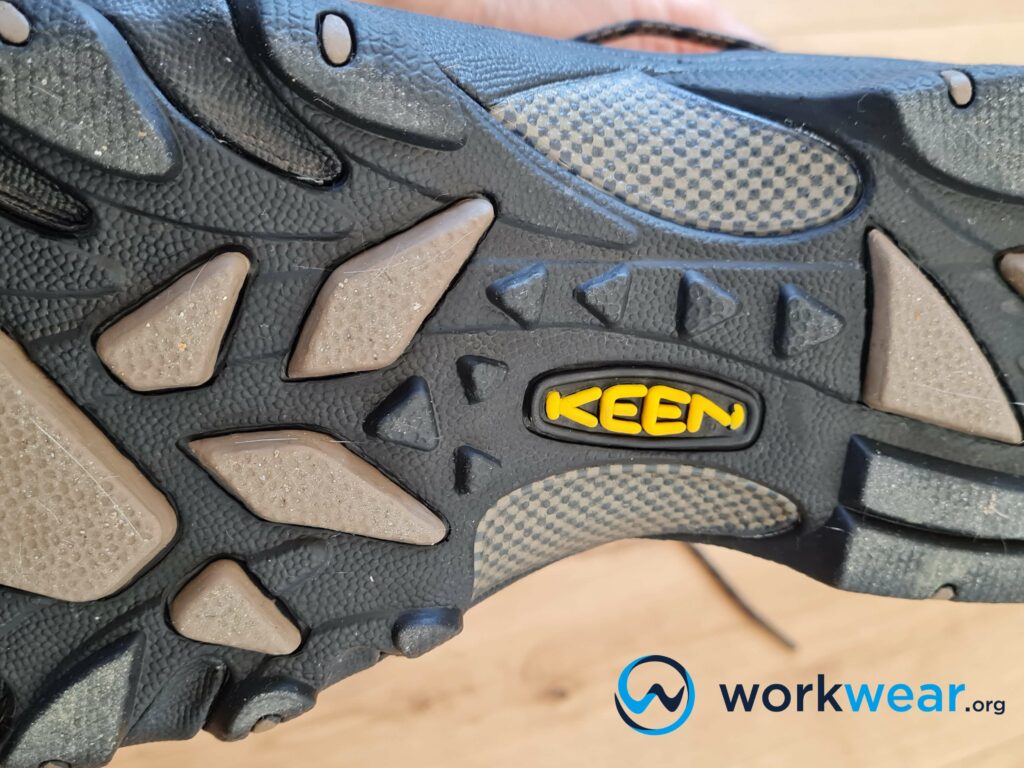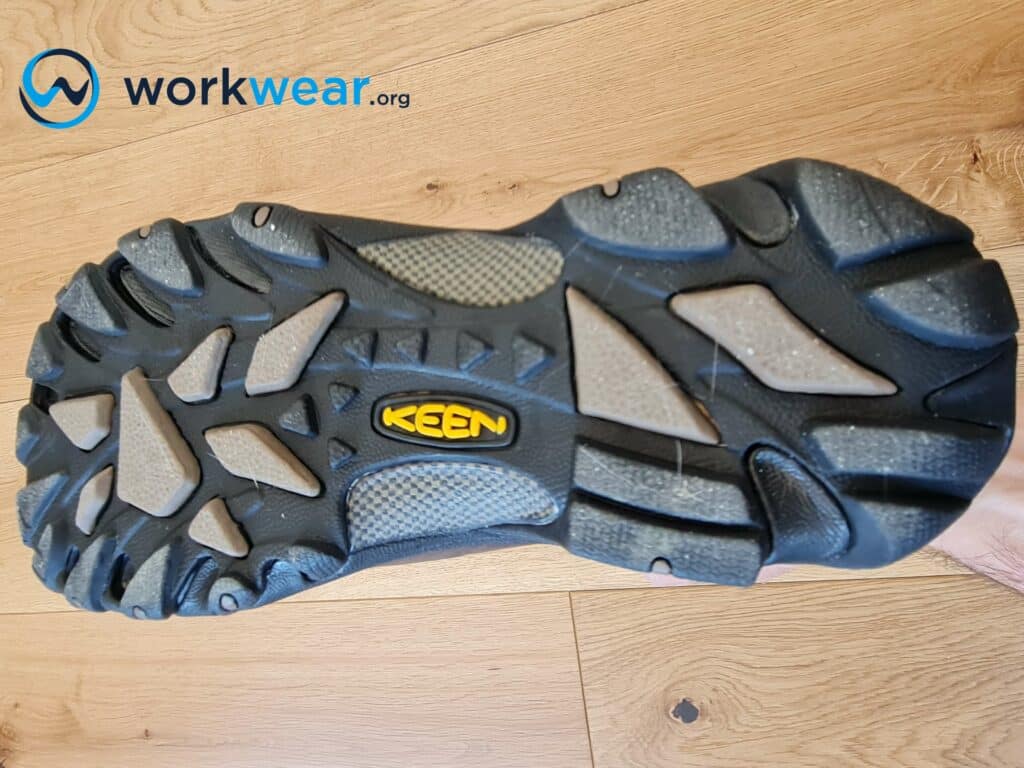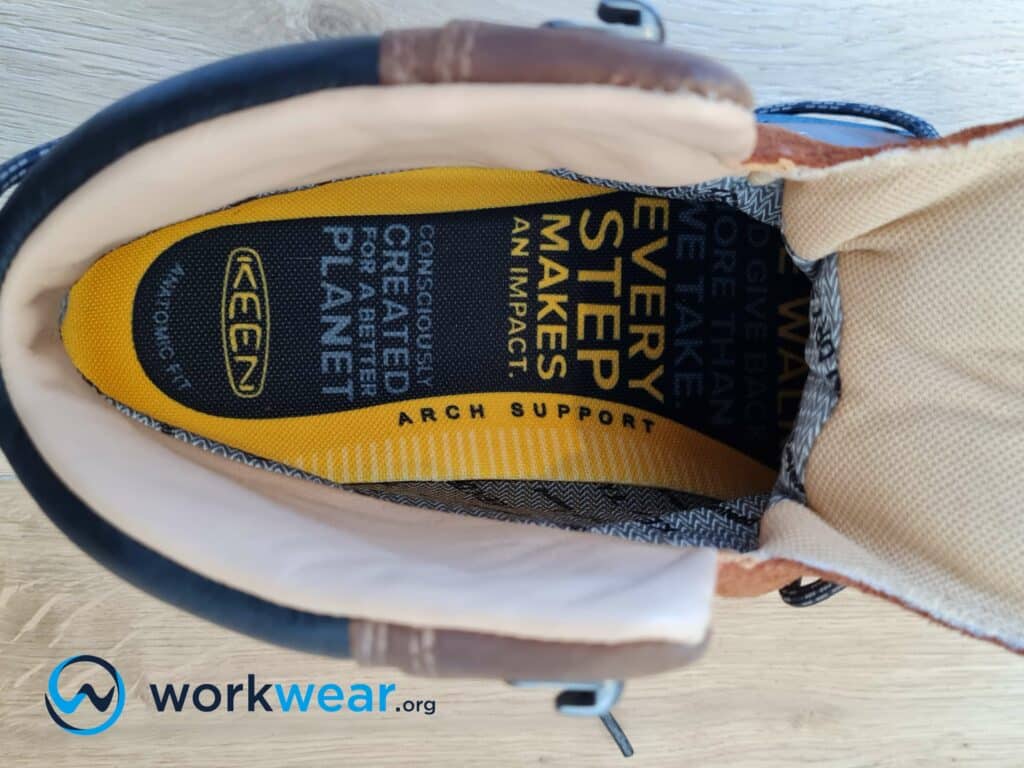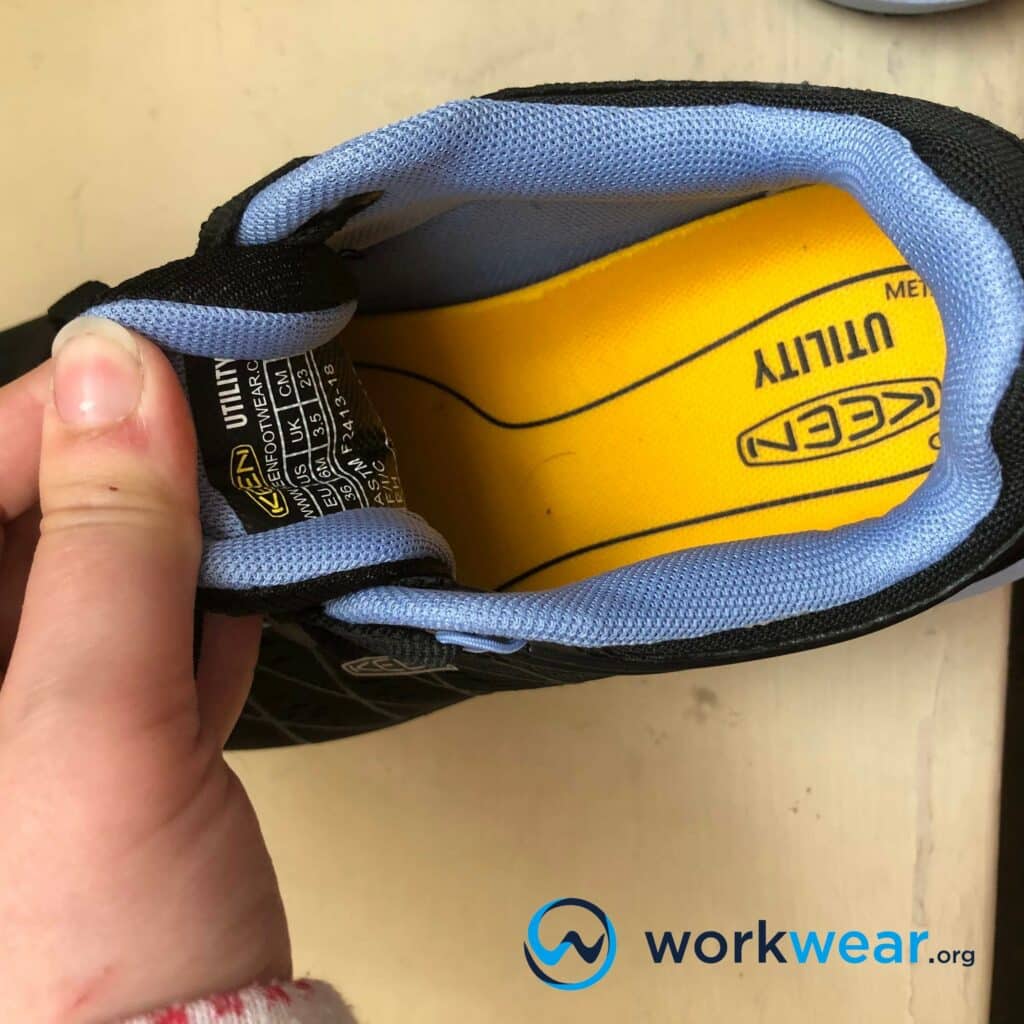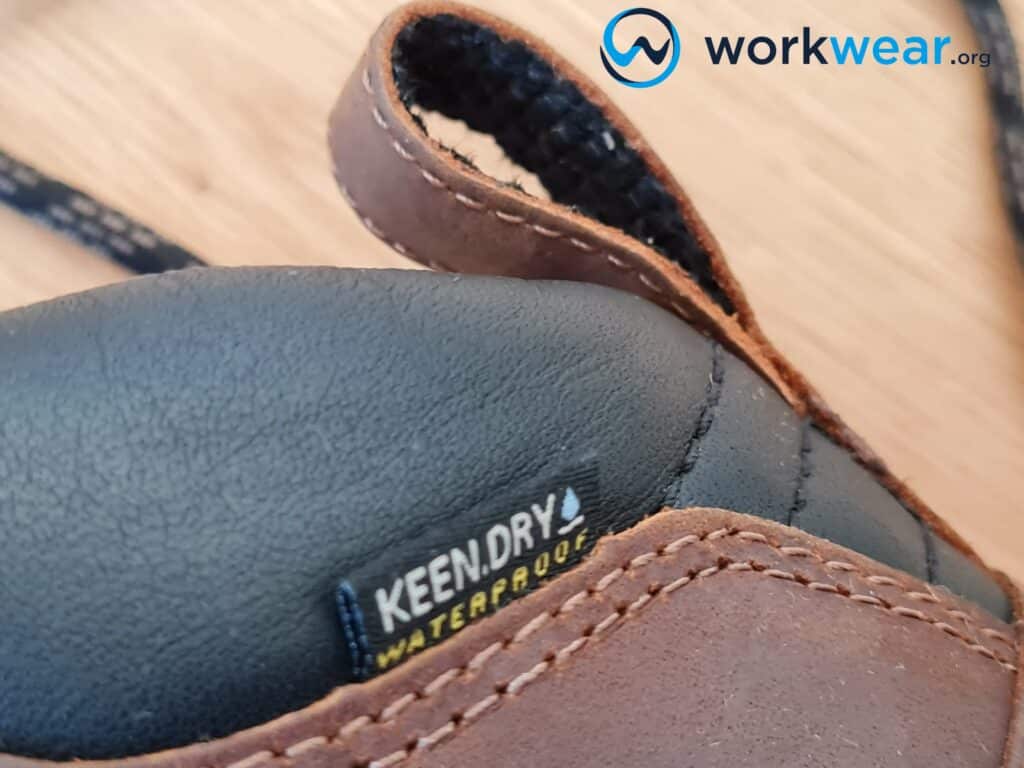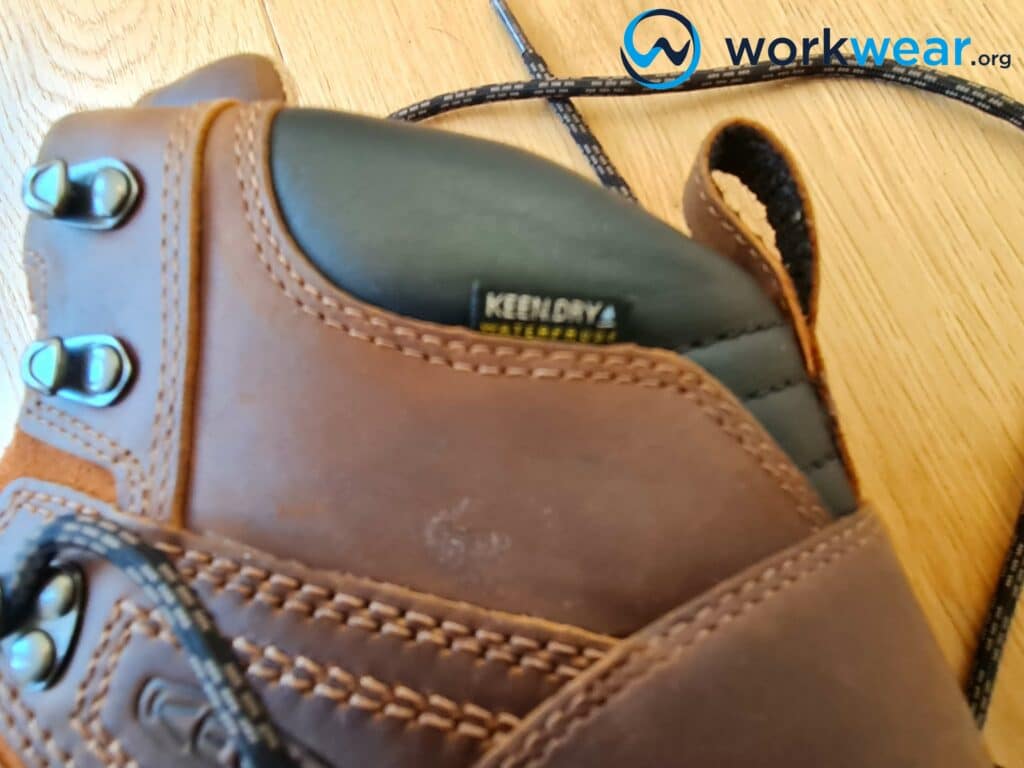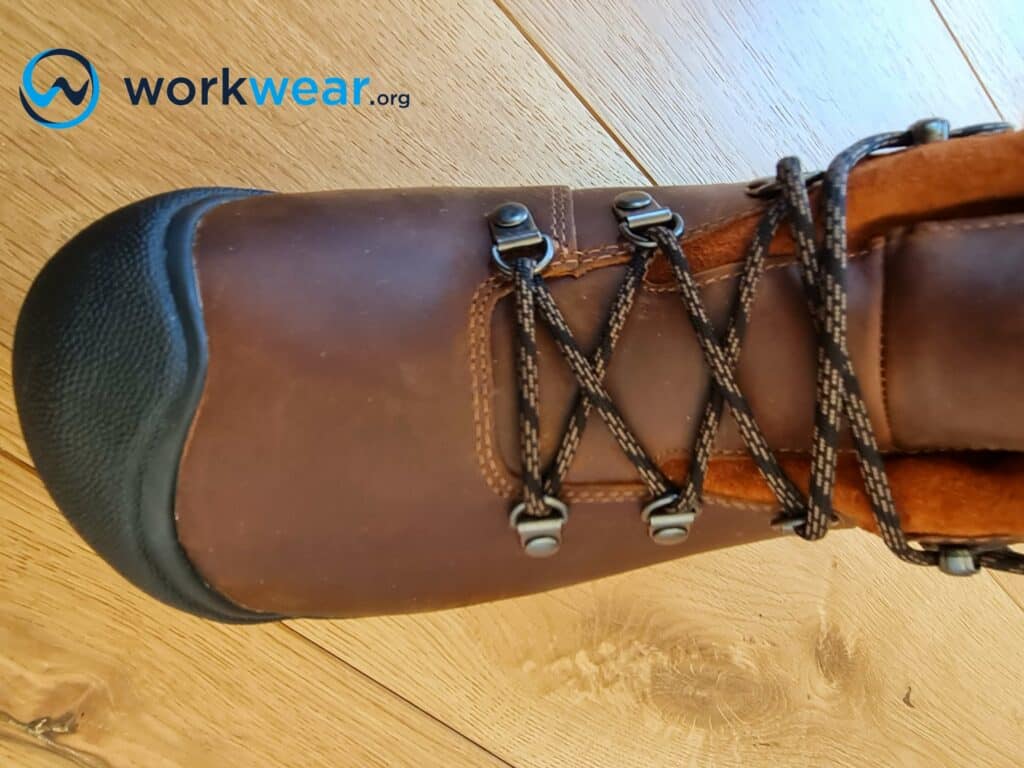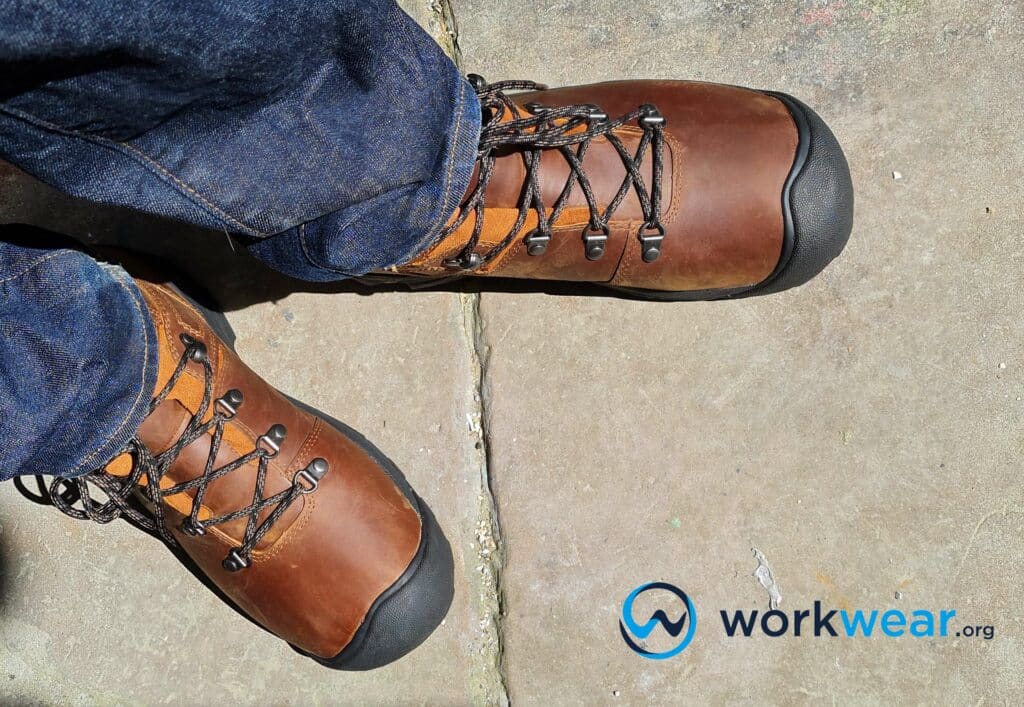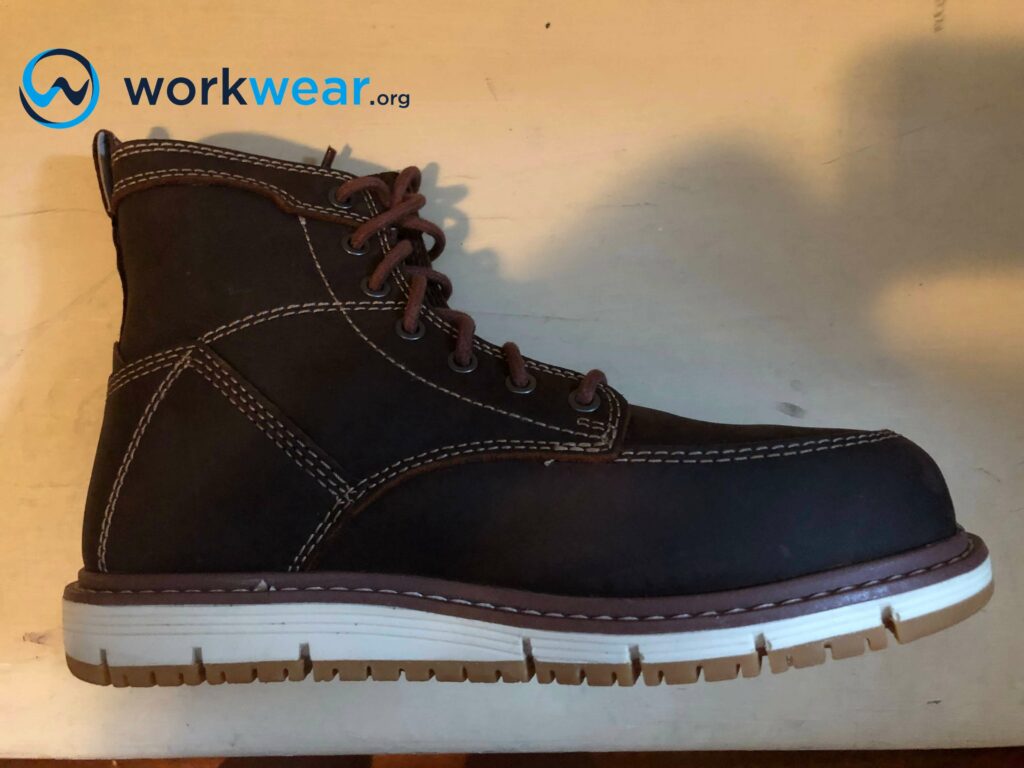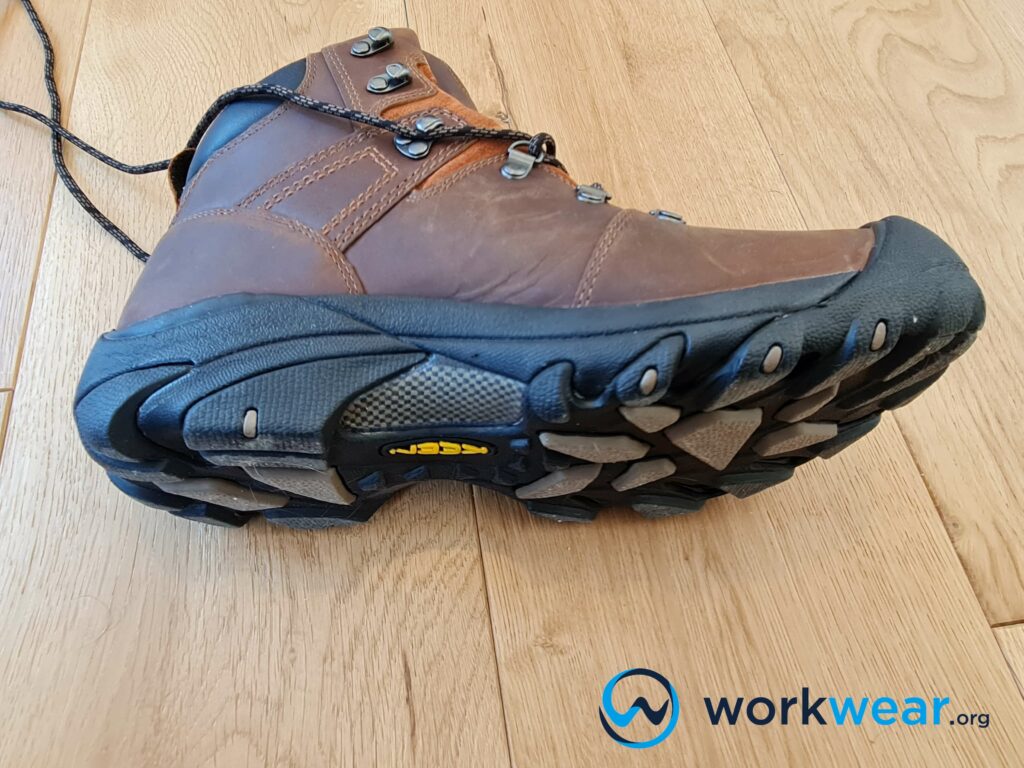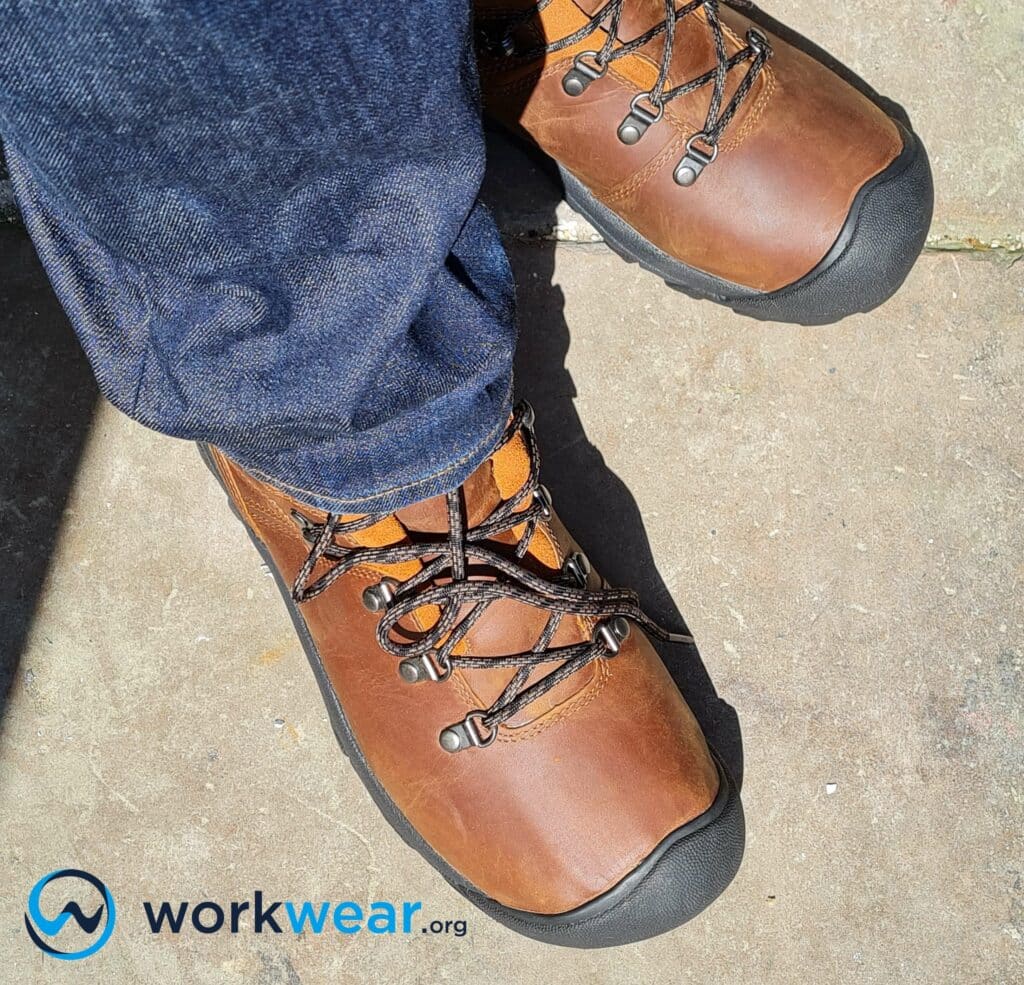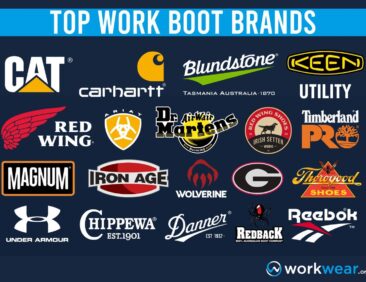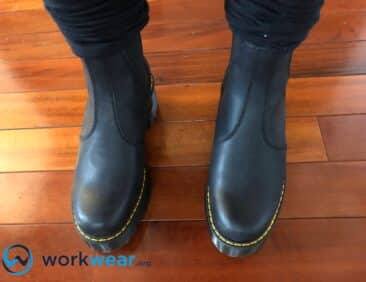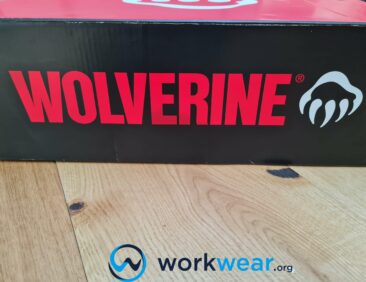Are KEEN Shoes Good? And they worth it?
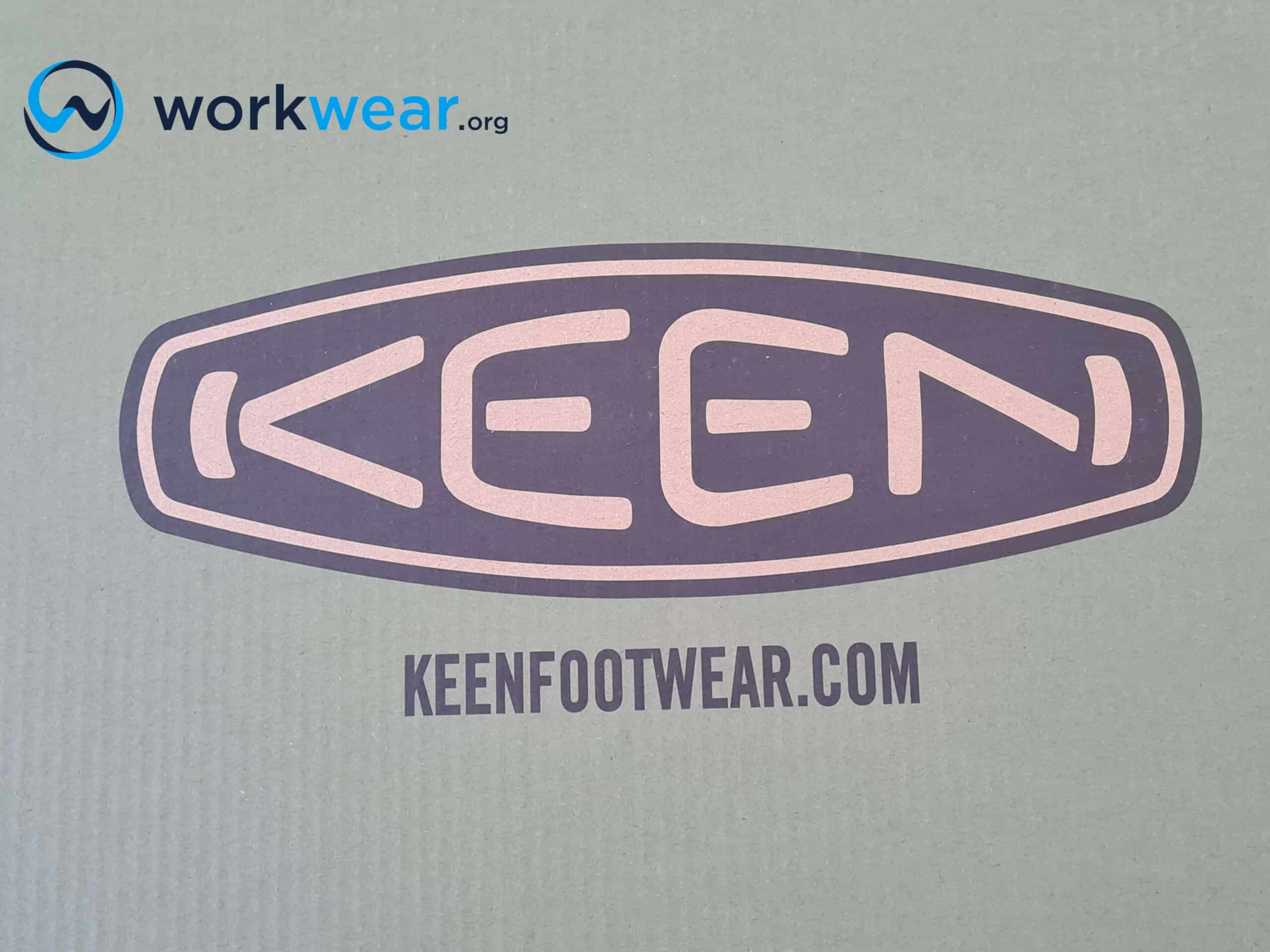
When shopping around for shoes, we tend to turn to brands that address our precise needs – such as when searching for running shoes. Of course, having a favorite brand for specific styles is normal, but it’s also great to discover a brand offering a more diverse product line.
One such brand is KEEN – known for its outdoor-centric products, such as hiking boots and sandals, but also offering a dedicated line of work footwear.
From its first hybrid sandal to even more inventive styles, KEEN continues to push the limits to create innovative products with high-performance features. In this article, we’ll discuss the details that make KEEN shoes popular with outdoor enthusiasts and workers in various trades.
KEEN – A Brief History
KEEN debuted in 2003 after founder Martin Keen used his extensive experience as a shoe designer (for brands such as Timberland and Saucony) to create an innovative product. Keen was an outdoor enthusiast who recognized the need for sandals with better toe protection but didn’t restrict the feet like closed shoes do. He then designed a hybrid product combining the available features of a sandal and the reliable toe protection of a sneaker – specifically, to keep the toes safe while sailing.
This hybrid product, the Newport, was boldly launched in winter during the 2003 Outdoor Industry Trade Show.
It was as comfortable as any open-toed sandal but came enhanced with a rubber toe bumper to protect the toes against abrasion and impact, especially while enjoying outdoor adventures.
Since Newport’s successful launch, KEEN has continued manufacturing hybrid footwear options that address multiple needs without compromising performance and comfort.
KEEN is headquartered in Portland, Oregon, where some of the most popular work boots and hiking shoes are still manufactured in the company’s factory.
This is also the location of the KEEN Garage – one of the company’s outlet stores showcasing a wide array of KEEN footwear, accessories, and clothing options.
How KEEN Cares
After the brand’s launch in 2004, Southeast Asia was ravaged by a powerful tsunami in the last days of December 2004, resulting in hundreds of thousands of lives lost. KEEN responded by giving up its entire advertising budget to help with disaster relief efforts. This was the beginning of the brand’s corporate giving program called Hybrid Care.
Through the program, KEEN works with environmental and social organizations worldwide.
The company devotes financial resources and efforts to the greater good, helping fund programs to continue being a “business with a conscience”.
Are KEEN Shoes Good?
Yes, KEEN shoes are good for those who are after high-quality footwear choices to keep their feet comfortable and protected against the elements – which is why they’re preferred by people who stay outdoors for work and play.
While the main product line is designed for adventures and other outdoor activities, KEEN also manufactures work boots for use in different job environments.
KEEN shoes and boots are typically offered in versatile designs using environmentally conscious materials and processes. They’re known for delivering reliable foot comfort, durability, and water resistance in reasonably priced footwear products.
Is KEEN Utility the Same as KEEN?
No. KEEN Utility is the brand’s dedicated line of work shoes and boots.
While the main KEEN line comprises products for casual use and sports and leisure purposes, KEEN Utility footwear choices are built to be maximized in work environments.
These shoes and boots offer the comfort, waterproofing, breathability, environmental friendliness, and affordability of regular KEEN footwear – but they’re enhanced to withstand more challenging job settings.
Some enhancements include safety toe caps to defend the toes against dangerous impact and compression in hazardous workplaces.
KEEN Utility works boots and shoes are built to keep up with the demands of working in a wide range of trades – making them suitable for manufacturing, construction, maintenance, and warehouse environments.
They can either come with safety toe caps (using steel, carbon fiber, or alloy materials) to block dangerous impact and compression or soft-to versions with the signature KEEN.PROTECT soft toes that still offer minimal protection against minor impact.
These work boots and shoes may also include other performance and safety enhancements, including electrical hazard protection or shock resistance.
Key Advantages of KEEN Shoes
Waterproof
To protect the feet against the elements, KEEN uses an exclusive technology called KEEN.DRY.
The waterproof lining is like a bootie that blocks wetness from within the shoe, ensuring that the feet feel comfortably dry even with water puddles, mud, and other moisture sources.
An additional layer of protection against wetness is placed outside the footwear using a water-repellent material, which is also PFC-free, to make it environmentally friendlier.
Breathable
The KEEN.DRY membrane that stops wetness from seeping in works doubly hard to allow vapor to dissipate quickly.
This property keeps the footwear’s interior breathable as heat doesn’t have a chance to build up, resulting in uncomfortable heat and excessive foot sweating.
Roomy Toe Box
KEEN boots and shoes have long been lauded for their wide-toe boxes that offer a wider range of foot motion compared to other hiking shoes or work boots.
The extra room gives the toes enough space to wiggle when needed, preventing uncomfortable cramping that may result from hours of walking or standing.
The spacious toe box also allows the foot to flex naturally, making walking much easier and more comfortable.
Strong Foot Support
KEEN uses a Metatomical (combining the words “metatarsal” and “anatomical”) footbed in some of its shoes and boots.
This footbed includes an insole and last designed to mimic the foot’s natural shape.
It’s curved enough to provide maximum support right where the foot needs it the most for superior comfort and stability.
Environment-Friendly Materials
KEEN strives to considerably minimize the impact of its products and processes on the environment.
In certain shoe styles, the company uses recycled plastic to craft the laces, lining, and web – with some designs successfully cycling up to 9 bottles of plastic per shoe. Meanwhile, the leather components of KEEN’s boots and shoes are sourced from tanneries certified by the Leather Working Group (LWG) to have environmentally sound practices.
Free of “Forever” Chemicals
KEEN discovered that the water-repellent coating on most footwear products contains PFAS and aimed to eliminate the substance from its products. Dubbed a “forever chemical”, PFAS leaches into the environment and never completely breaks down or goes away.
The substance was removed in 2019 from all KEEN footwear products, which turned into a much safer alternative for repelling water and dirt.
Reasonable Prices
KEEN shoes and boots offer practical footwear choices that don’t sacrifice quality.
Given the high-quality materials and technology that go into crafting each pair, these footwear options provide outstanding value for money.
KEEN products typically come at affordable prices, enabling even more people to take advantage of high-performance, durable, and comfortable boots and shoes for different purposes without breaking the bank.
Personal Testing Experience
We’ll now share our experiences while using two high-quality products from KEEN. The 6-Inch San Jose Boot has aluminum toe caps guarding the toes to protect against serious injuries in case heavy items are accidentally dropped or rolled over the feet. The exceptionally durable, waterproof construction seals out liquids to keep the feet dry in wet environments, while the outsole delivers powerful traction to prevent slipping on tricky surfaces. The KEEN Luftcell midsole presented an air-cushioned structure for a bouncy, weightless feel when walking. However, the boot’s loose fit results in painful rubbing in the ankle area.
On the other hand, the KEEN Utility Women’s Vista Energy ESD Shoe has carbon fiber safety toes to fight dangerous compression and impact without the extreme weightiness of steel toes. It has an exceptional design delivering maximum durability, easily withstanding the demands of various job sites. The mesh upper lets in plenty of air to maintain a well-ventilated shoe interior, stopping overheating with the mesh lining that allows moisture and excess warmth to escape quickly. The ESD outsole offers an extra layer of protection in work areas prone to static electricity build-up. However, this isn’t a waterproof shoe, so it isn’t the best choice for wet surroundings.
Conclusion
KEEN is a well-known brand for hiking shoes and other footwear products for outdoor use. The company’s main line consists of products that outdoor enthusiasts and adventure seekers have long favored, but it also has a line of boots and shoes for work or industrial purposes. KEEN Utility work boots and shoes showcase the dependable comfort, waterproofing, environmentally friendly, and affordable qualities of regular KEEN footwear – but are reinforced to keep up with more challenging work environments.
FAQs
- Are KEEN footwear products all manufactured in the US?
- No, KEEN sandals, shoes, and boots are mostly made in the main company-owned factories in the US (in Portland, Oregon), as well as in Thailand and Mexico.
- Does KEEN use chemicals in their boots and shoes for odor control?
- No, KEEN uses Eco Anti-Odor – a natural alternative to harsh chemicals. This is infused in all KEEN insoles to control odor without using hazardous substances that can harm the skin.
- Do all KEEN Utility work boots and shoes have safety toes?
- No, some of these boots and shoes don’t have safety toe caps – but they have minimal protection from the KEEN.PROTECT soft toes.
- What enhancements make the uppers of KEEN Utility work footwear stronger?
- Some KEEN Utility work boots and shoes have uppers reinforced with a special coating material called TecTuff, which provides better abrasion resistance than leather. Other styles are fitted with bumper guards in the heel and toe areas to make the boots more resilient against damage.
678+
Products Reviewed
24+ Years
Combined Experience
500+ Hrs
Field Testing
